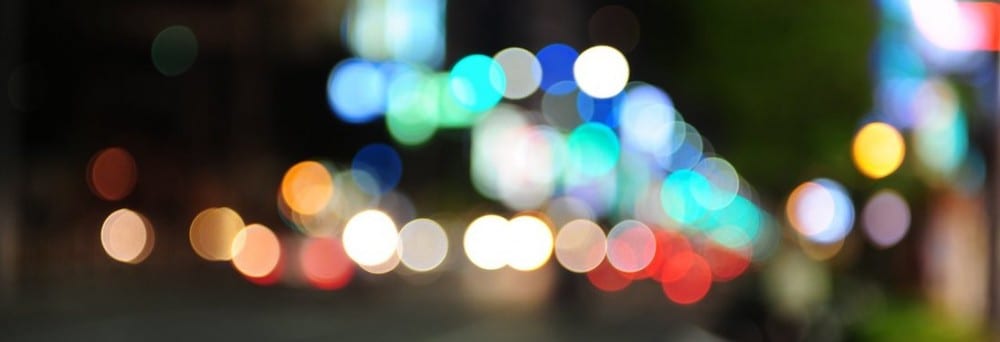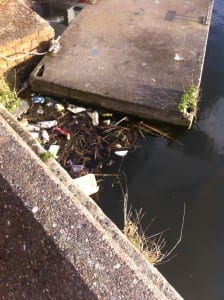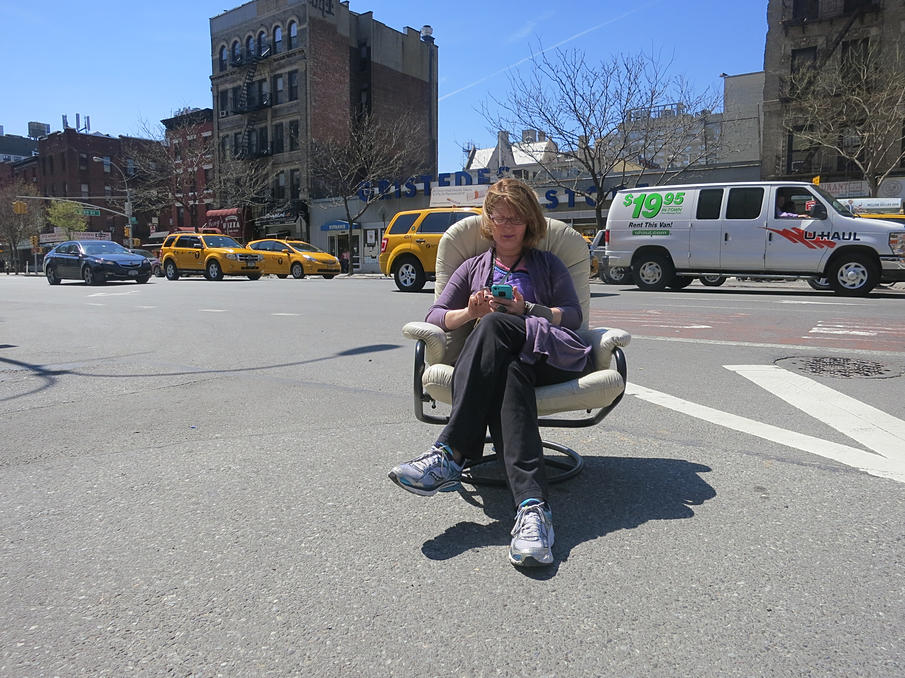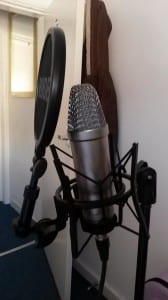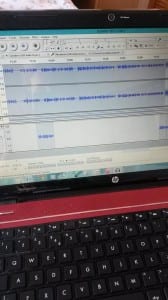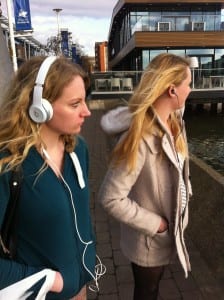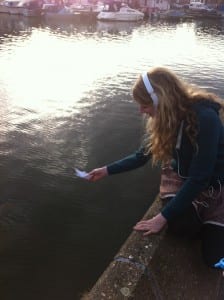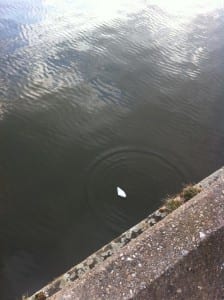Having completed a first draft of the audio experience we tested it out along the Brayford waterfront. This brought up many problems with we are now working to resolve. Clarity of voice and tone of voice is vital to the experience and we realised we have not yet been successful in achieving these. Much like Sit With Me for a Moment and Remember(Pinchbeck, 2015) we want the audience member to connect with the voices in the experience without out them having to know who the speaker is. This connection is vital to the audience being fully immersed in the piece allowing it to be as enlightening as possible. In order for this to happen my group needs to re-record the piece with a friendlier, relaxed tone of voice which is more conversional rather than overly formal.
As well as tone we also need to work on the quality of the audio. We had difficulty in balancing sound levels between different voices particularly the recorded phone conversation with Ron and the initial recordings of Kerry. Equal sounds levels are important to ensure a smooth easy listening experience for the audience member. It will also improve the professionalism of the overall performance.
We also found some practical challenges such as the timing of directions and the wandering possibilities of paper boats. We discovered that we needed to allocate more time for the audience to walk between positions on the Brayford and repeat instructions in case they forget. We also found that the poetic moment of placing a paper boat in the water can be dissintergrated when the boat is carried stright into a pile of litter clogging up the Brayford.
These are all challenges that will require our attention before the final performance.
Pinchbeck, M. (2015) Sit With Me for a Moment and Remember. [performance] Michael Pinchbeck (dir.)
